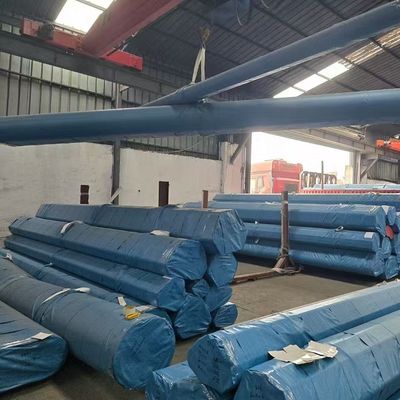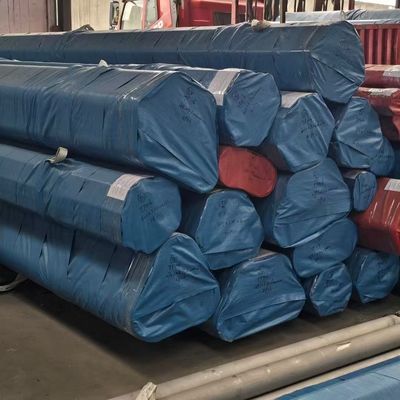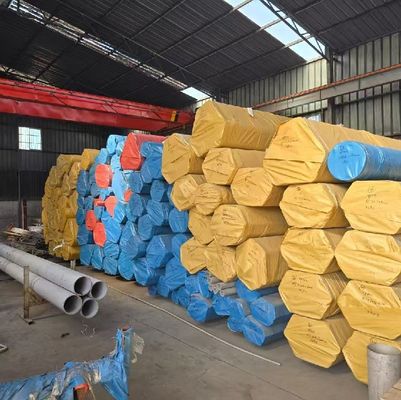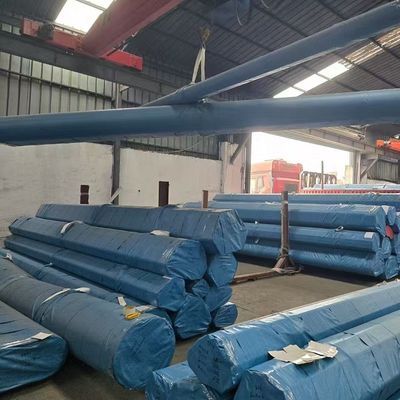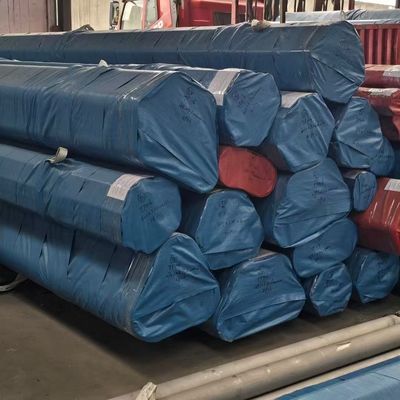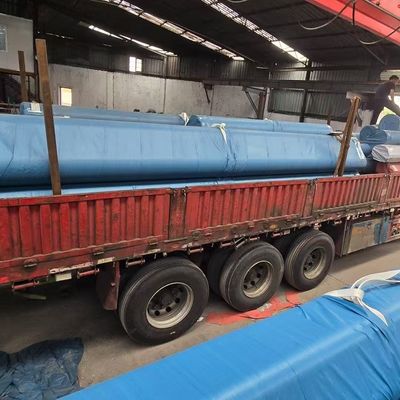-
 Raian IonescuMaterial quality very good. we have cooperate more than 10 Years. They trade lots kinds of steel material. All material quality good. They duty for all material quality. We are planing continue cooperate with them in the future
Raian IonescuMaterial quality very good. we have cooperate more than 10 Years. They trade lots kinds of steel material. All material quality good. They duty for all material quality. We are planing continue cooperate with them in the future
UNS S30409 / AISI304H Stainless Steel SCH40S SCH80S SS Pipe Tube Alloy 304H Pipes

Contact me for free samples and coupons.
Whatsapp:0086 18588475571
Wechat: 0086 18588475571
Skype: sales10@aixton.com
If you have any concern, we provide 24-hour online help.
x| Products | Stainless Steel Pipe Tube | Other Grade | 304 304L 410s 316L 316Ti 316ln 321 317L 2205 S32760 254smo 2507 310S 347 904L.etc |
|---|---|---|---|
| Standard | ASTM GB EN | Length | 6m Or Custom Cutting Any Length As Request |
| Diameter | DN10 - DN400 | Wall Thickness | SCH10 - XXS Or Unstandard Size |
| Type | Seamless Pipe | Service | Cutting, Polishing |
| Application | Heat Exchanger | Packing | Wooden Box Or PP Bag |
| Highlight | Alloy 304H Stainless Steel Pipe,SCH40S Stainless Steel Pipe,SCH80S Stainless Steel Pipe |
||
UNS S30409 / AISI304H Stainless Steel Pipe SCH40S SCH80S SS Pipe Tube Alloy 304H Pipes
What is a 304h stainless steel pipe?
304H stainless steel pipe is a ferrite-austenite stainless steel alloy with a higher carbon content than the standard 304 grade. It provides superior strength and has excellent resistance to chloride stress corrosion cracking, crevice corrosion, intergranular corrosion, and pitting. The mechanical properties of this alloy make it particularly well suited for cryogenic applications and high-temperature service up to 870°C (1600°F). Furthermore, its toughness makes it suitable for use in structural applications. Elongation and tensile strength are also good so this grade can tolerate cold-forming operations better than other austenitic grades. Because of its various properties, 304H is seen across numerous industries, from food processing equipment to oil refinery parts.
Properties of 304H Stainless Steel Pipe
The main difference between 304 and 304H stainless steel is their carbon content. While 304 contains a maximum of 0.08% carbon, 304H has a carbon content of 0.04-0.10%. This higher carbon content gives 304H better high-temperature strength and creep resistance than 304. Other properties of 304H stainless steel include good weldability, formability, and corrosion resistance. It can be welded using all common methods, including TIG, MIG, and stick welding.
Applications of 304H Stainless Steel Pipe
Due to its high-temperature strength and creep resistance, 304H stainless steel pipe is commonly used in high-temperature applications, such as:
Boilers and heat exchangers:
304H’s ability to withstand high temperatures and pressure make it a popular choice for manufacturing boilers and heat exchangers used in chemical processing plants, refineries, and other industrial settings.
Power generation:
304H makes piping systems and components in power plants that generate electricity from nuclear, coal, and natural gas.
Chemical processing:
304H is resistant to harsh chemicals and acidic environments, making it a common material in chemical processing plants.
Oil and gas:
304H is used in oil refineries, offshore drilling platforms, and pipelines for transportation.
Food and beverage industry:
Stainless steel is a popular material for food and beverage processing equipment because it’s easy to clean, hygienic, and doesn’t react with acidic or alkaline foods.
Types of 304H Stainless Steel Pipe
304H stainless steel pipe comes in two main types:
seamless and welded. Seamless pipes are made by piercing a solid steel billet, while welded pipes are made by combining two or more pieces of steel. Seamless pipes are more expensive than welded pipes, but they are stronger and have a higher resistance to pressure and temperature.
Another way to categorize 304H stainless steel pipes is by their schedule. The schedule refers to the thickness of the wall of a pipe. The most common schedules for 304H pipes are Schedule 10, 40, 80, and 160. Schedule 10 is the thinnest, while Schedule 160 is the thickest.
![]()
![]()
![]()
![]()




